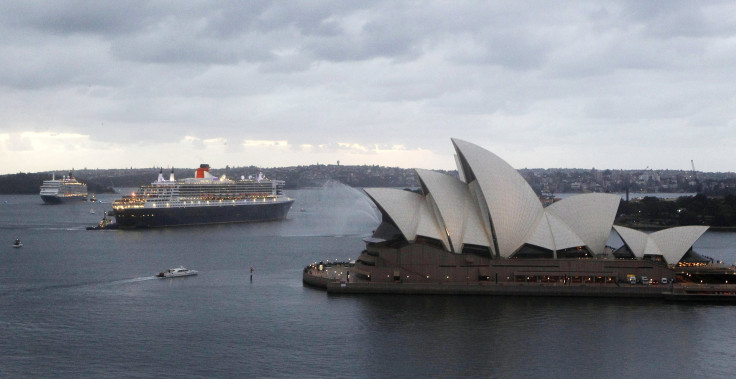The 'Cultural Impact' Of Rising Sea Levels: Global Warming Threatens 20% Of World Heritage Sites

As climate change accelerates ice melting and sea levels continue to rise, scientists warn that not only does global warming endanger coastal economies and put entire island nations at risk of disappearing – it also jeopardizes our cultural heritage.
That means that many treasured landmarks – places like the Statue of Liberty, the Sydney Opera House, the Tower of London, the archaeological site of Pompeii – could be ruined if temperatures rise 5.4 degrees Fahrenheit above pre-industrial levels over the next two millennia, according to a new study from the University of Innsbruck in Austria.
Researchers from the university used climate change projections to predict how current levels of carbon dioxide and greenhouse gas emissions would affect sea level rise down the road. They found that a rise in global temperatures of just over 5 degrees Fahrenheit and the subsequent ice melting in polar zones like Greenland and Antarctica would threaten 20 percent of Unesco World Heritage Sites.
"When people think about climate change, most of the time they're thinking about ecological or economic consequences," Ben Marzeion, an assistant professor at the Institute of Meteorology and Geophysics at the university and lead author of the study, told Live Science. "We thought it would be interesting to add another dimension to that: the cultural implications of climate change."
The study, published in the journal Environmental Research Letter, found that one-fifth of Unesco’s 720 world heritage sites would be threatened after 2,000 years of rising sea levels, but that the first effects of global warming would be felt much sooner.
“It’s relatively safe to say that we will see the first impacts at these sites in the 21st century,” Marzeion told the Guardian.
Marzeion said that when he began his research, he didn’t expect rising sea levels would affect so many World Heritage Sites. "I knew that many of the sites are close to the sea, but I didn't expect to have such high numbers,” he told Live Science. “If you asked me when I started doing this, I would have said maybe 2 or 5 percent."
Over the past century, the global mean sea level has risen by 4 to 8 inches. According to National Geographic, since the early 1990s, Earth’s oceans have risen at a rate of .14 inches per year, twice as fast as in the previous 80 years.
A study published last year in the Proceedings of the National Academy of Sciences found that sea levels could rise by as much as 23 feet by the end of the century. Scientists say that for each degree Fahrenheit increase in global surface temperatures, sea levels will rise by about 4.2 feet in the long run.
© Copyright IBTimes 2024. All rights reserved.






















